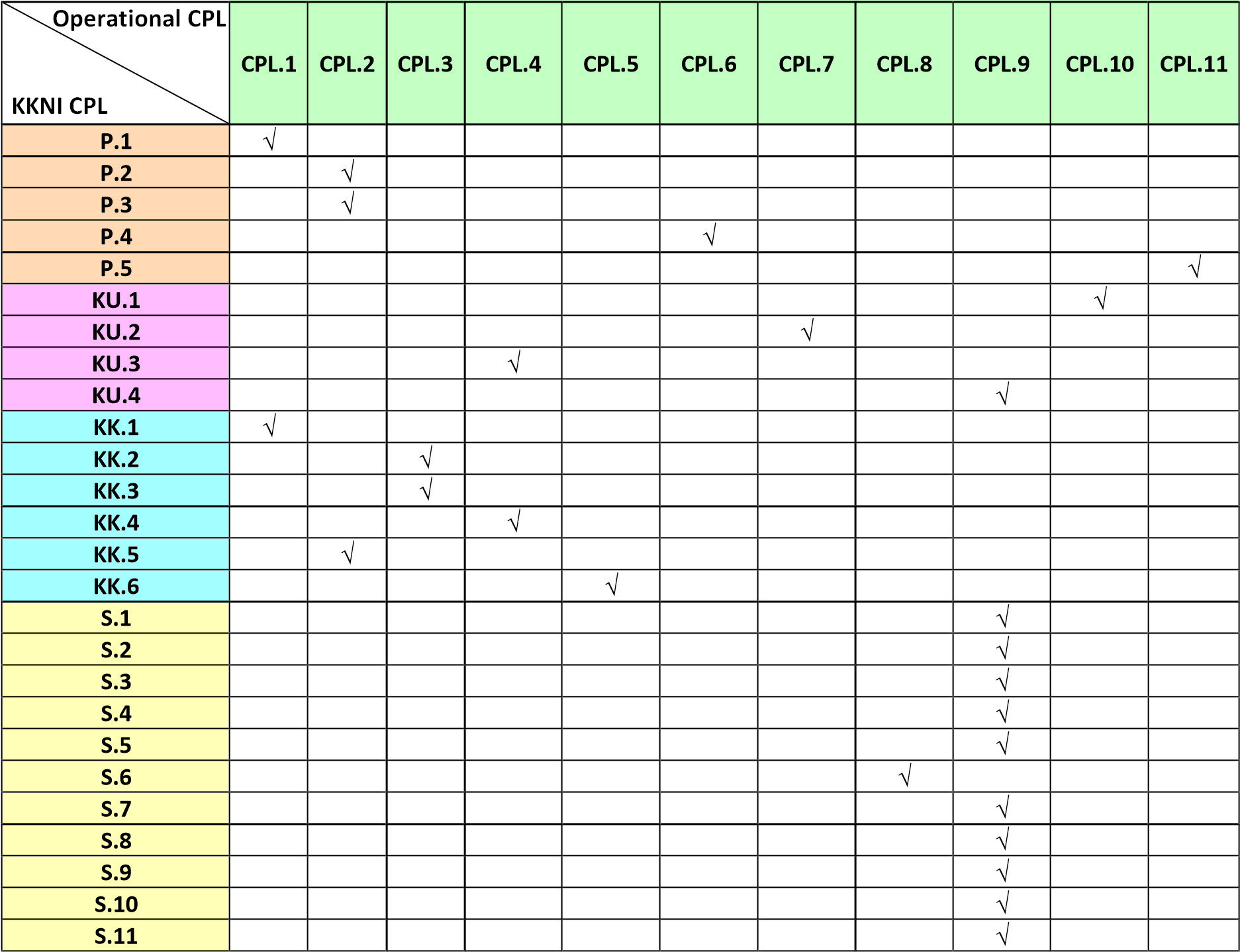Graduate Learning Outcomes (CPL*) Based on the Indonesian National Curriculum Framework (KKNI**)
A. Knowledge Learning Outcomes (P)
| CPL Element | Code | Description of CPL Mech. Eng. Study Program |
| Knowledge | P.1 | Mastering the theoretical concepts of science, the application of engineering mathematics, engineering principles (engineering fundamentals), engineering science, and engineering design required for the analysis and design of mechanical systems and components required. |
| P.2 | Mastering the principles and techniques of mechanical system design (mechanical system) and the necessary components. | |
| P.3 | Mastering the principles and current issues in the economy, social and environment in general. | |
| P.4 | Mastering knowledge of communication techniques and the latest and latest technological developments in the field of design, manufacturing processes, as well as the operation and maintenance of mechanical systems and the required components. | |
| P.5 | Have the ability to carry out engineering innovations that are environmentally sound, entrepreneurial, and based on local wisdom. |
B. General Skills Learning Outcomes (KU)
| CPL Element | Code | Description of CPL Mech. Eng. Study Program |
| General Skills | KU.1 | Able to allocate their field of expertise and utilize science, technology, and/or art in their field in solving problems and being able to adapt to the situation at hand. |
| KU.2 | Mastering the theoretical concepts of certain fields of knowledge in general and the theoretical concepts of special sections in that field of knowledge in depth and being able to formulate procedural problem-solving. | |
| KU.3 | Able to make the right decisions based on analysis of information and data, and able to provide instructions in choosing various alternative solutions independently or in groups. | |
| KU.4 | Responsible for own work and can be given responsibility for the achievement of the organization’s work. |
C. Special Skills Learning Outcomes (KK)
| CPL Element | Code | Description of CPL Mech. Eng. Study Program |
| Special Skills | KK.1 | Able to apply mathematics, science, and engineering principles to solve complex engineering problems in mechanical systems. |
| KK.2 | Able to find the source of complex engineering problems in mechanical systems through the process of investigation, analysis, interpretation of data, and information based on engineering principles. | |
| KK.3 | Able to conduct research that includes identification, formulation, and analysis of complex engineering problems in mechanical systems and the components required. | |
| KK.4 | Able to formulate solutions for engineering problems in the field of mechanical systems and the required components by taking into account economic factors, public health, and safety, cultural, social, environmental, and energy conservation. | |
| KK.5 | Able to design a mechanical system (mechanical system) and the required components with an analytical approach and consider technical standards, aspects of performance, reliability, ease of application, sustainability, and pay attention to economic factors, public health and safety, cultural, social, and environmental (environmental considerations). | |
| KK.6 | Able to select resources and utilize appropriate design and analysis tools based on information technology and computing to design, manufacture, and maintain mechanical systems and required components. |
D. Attitude Learning Outcomes (S)
| CPL Element | Code | Description of CPL Mech. Eng. Study Program |
| Attitude | S.1 | Faithful to God Almighty and able to show a religious attitude. |
| S.2 | Upholding human values in carrying out duties based on religion, morals, and ethics. | |
| S.3 | Contribute to improving the quality of life in society, nation, state, and the progress of civilization based on Pancasila. | |
| S.4 | To act as citizens who are proud and love their homeland, have nationalism, and are responsible for the state and nation. | |
| S.5 | Appreciate the diversity of cultures, views, religions, and beliefs, as well as the opinions or original findings of others. | |
| S.6 | Work together and have social sensitivity and concern for society and the environment. | |
| S.7 | Obey the law and discipline in social and state life. | |
| S.8 | Internalize academic values, norms, and ethics. | |
| S.9 | Show a responsible attitude towards work in their area of expertise independently. | |
| S.10 | Internalize the spirit of independence, struggle, and entrepreneurship. | |
| S.11 | Behave according to Trisakti University Trikrama. |
*) CPL = Capaian Pembelajaran Lulusan
**) KKNI = Kerangka Kurikulum Nasional Indonesia




